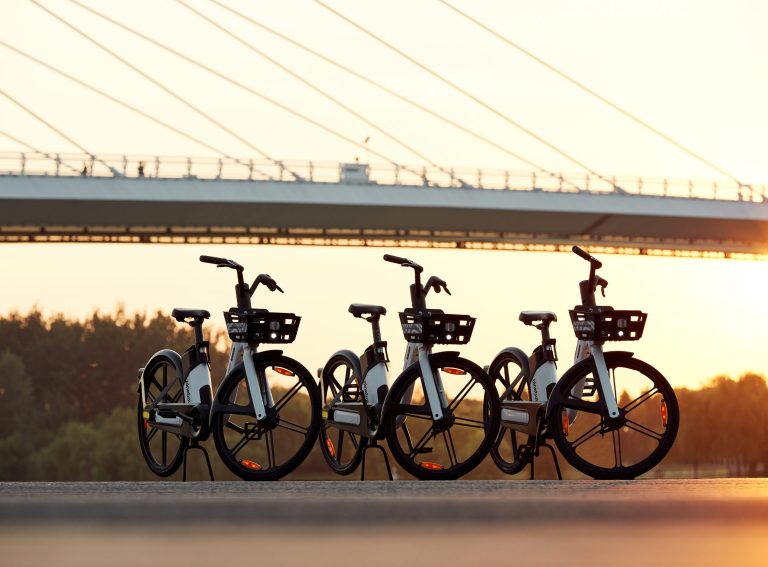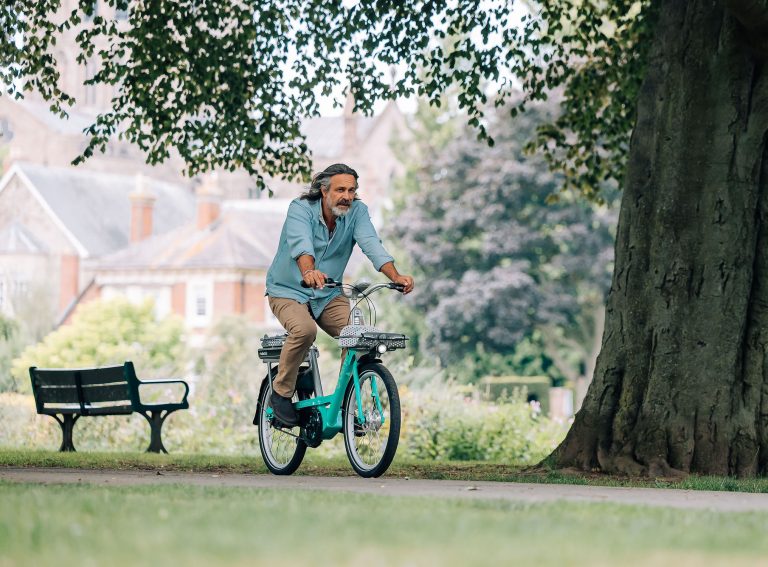When I tootle around Tyneside on a Neuron rental e-scooter, I can’t travel at a speed greater than 15.5mph, and, thanks to sophisticated on-board geofencing technology, I’m forced to decelerate to a crawl when approaching a go-slow zone.
The Bronco 11 Xtreme may be stealth black, but it looks very similar to the orange Neuron. Looks can be deceiving: the Bronco can accelerate to 70mph. It would be illegal for me to ride the Bronco on a motorway, just as it would be unlawful for me to use it on any UK public road.
Such a restriction isn’t throttling sales of private e-scooters, with the Bicycle Association estimating that perhaps as many as 360,000 e-scooters were sold last year, some being pandemic purchases.
The Bronco is an outlier but quoted cruising speeds of 40 and 50mph are pretty standard for privately purchased e-scooters, all of which remain illegal to ride on anything other than private land with permission.
Motorcyclists tend to be experienced and generally stick to roads. Still, way too many of the estimated 500,000 private e-scooter riders in the UK are inexperienced and some ride on footways, scaring pedestrians. (Fifty or so local authorities are currently trialling rental e-scooters, with an estimated 20,000 machines in use throughout England — in theory, GPS-enabled jamming prevents footway use).
The Department for Transport is probably going to legalise the use of all e-scooters in 2022, but the existence of extreme examples such as the Bronco and other blazing fast models is no doubt troubling the mandarins currently drafting the necessary legislation.
What to do?
The safe money is on the DfT introducing onboard speed limiting for all e-scooters. The rental e-scooters will continue to enforce such limits with GPS technology; private scooters will have to be fitted with speed governors. (The question of why cars don’t yet have to have such technology is pertinent yet easily branded as whataboutery.)
In many respects, nothing will change. People will continue to (legally) buy speedy e-scooters and (illegally) use them on UK roads, but there will be potential for increased enforcement, with steeper penalties for infractions. Current enforcement is weak: when caught riding on the public highway, private e-scooter users can be slapped with a Fixed Penalty Notice for riding without insurance, but the penalty is a paltry £300 fine. Sure, the e-scooter may be seized and crushed, but such a risk is factored into the ownership equation by savvy riders. The addition of six points on the rider’s driving licence might deter some, but not all riders have such licences.
It will be interesting to see how law-makers handle e-scooter legalisation and whether the penalties will be truly stiff enough to deter improper use.
Of probable more importance than road law enforcement, e-scooters will have to meet construction standards. Non-compliant models — of which there will be many — will become easier for trading standards to spot and thence remove from the market.
Retailers of speedy e-scooters no doubt currently impress on customers that the machines they’re buying cannot be used on the public highway (yes, I live in a fantasy world), but the sellers must realise that the cowboy period is coming to an end.
The DfT will be hoping that the legalisation of e-scooter use — which could come as early as March next year — will rein back much of the current bad behaviour from a minority of users. Some hope.











